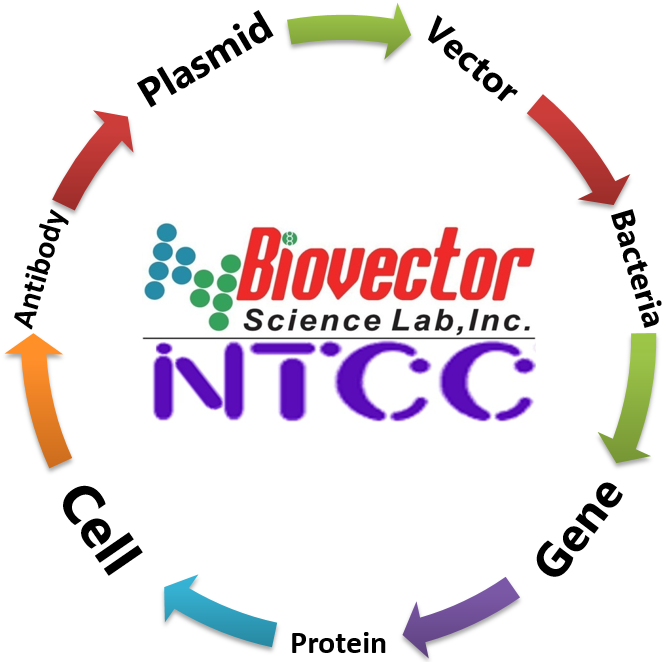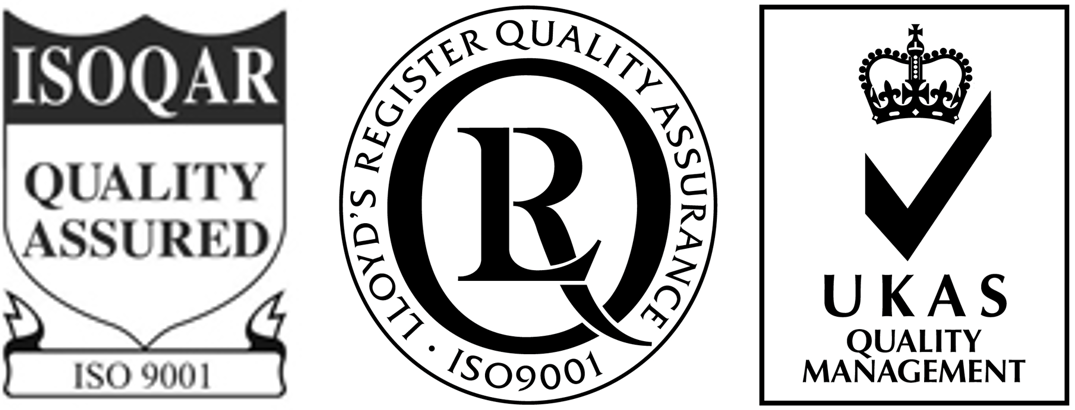prDNA LOXP酵母整合表達質粒載體-BioVector NTCC質粒載體菌株細胞蛋白抗體基因保藏中心
- 價 格:¥99850
- 貨 號:BioVector?-prDNA LOXP
- 產 地:北京
- BioVector NTCC典型培養物保藏中心
- 聯系人:Dr.Xu, Biovector NTCC Inc.
電話:400-800-2947 工作QQ:1843439339 (微信同號)
郵件:Biovector@163.com
手機:18901268599
地址:北京
- 已注冊
The plasmids of p-ΔTrp1, pδ-tHMG1, pM13-LYS2, pM3-ERG9, pM11-ERG1, pM11-AtCPR1, pM2-PgbAS, pM2-GgbAS, pM3-MtOAS, pM3-synPgPPDS, pM14-PgDDS, pM8-synPgPPTS, prDNA-LEU, pTrp-HIS and pHis-TRP
Transformation of S. cerevisiae strains was performed by the standard lithium acetate method. Strain BY4742-TRP was constructed by deleting the TRP1 gene of strain BY4742, thus leading to tryptophan auxotrophy and was accomplished as follows. The homologous recombination region of the partial TRP1 gene with the Loxp-HIS3-Loxp cassette was amplified from p-ΔTrp1 using primer sets ZD-TRP1-int-up(400)/ZD-TRP1-int-down(450). The amplified DNA fragment was then transformed into strain BY4742 followed by selection on SD-HIS plates. Strains were verified by PCR analysis and the correct colony was transformed with plasmid pSH47. The transformant was cultivated at 30°C in SD-HIS-URA medium with 2% galactose as its sole carbon source for 24?h followed by selection on YPD medium with 1?g/L 5-FOA as a selection for the loss of plasmid pSH47, resulting in strain BY4742-TRP. This strain could not grow on SD-HIS and SD-TRP plates.
Strain BY-T1 was constructed by integrating the tHMG1 and LYS2 genes into the δDNA sites of BY4742-TRP using the DNA assembler method as described previously41,42. Three DNA fragments were amplified from pδ-tHMG1 (using primer sets 1-M-HisG-PGK1-F/1-M-ADHt-TEF1-R and 3-M-CYC1t-δ2-F/3-δ2-R) and pM13-LYS2 (using primer set 2-M-ADHt-TEF1-F/2-M-CYC1t-δ2-R) and another DNA fragment was obtained by BamHI and XhoI digestion of plasmid pδ-UB. These four DNA fragments were transformed into strain BY4742-TRP followed by selection on SD-URA plates. All strains were verified by PCR analysis and twelve colonies were screened by GC-MS for the selection of the best squalene-producing transformant.
Strain BY-βA-P was constructed by integrating the ERG9, ERG1 and PgbAS genes into the rDNA sites of strain BY-T1. Five DNA fragments were amplified from pM2-PgbAS (using primer set 1-M-pEASY-PGK1-F/3G-1-M-ADHt-TDH3-R), pM3-ERG9 (using primer set 3G-2-M-TPI1t-TEF1-F/M-CYC1t-pEASY-R), pM11-ERG1 (using primer set 3G-3-M-ADHt -TDH3-F/3G-3-M-TPI1t-TEF1-R) and prDNA-LEU (using primer sets X1-M-pEASY-r-t-F/X1-r-t-R-rDNA and X2-r-t-F-rDNA/X2-M-pEASY-r-t-R). These fragments were then transformed into strain BY-T1 followed by selection on SD-URA-LEU plates. All strains were verified by PCR analysis and twelve colonies were screened by GC/MS for the selection of the best-producing transformant.
BY-βA-G was constructed by integrating the ERG9, ERG1 and GgbAS genes into the rDNA sites of strain BY-T1 to construct strain BY-βA-P.
BY-βA-CK was constructed by integrating the LYS2 and GgbAS genes into the rDNA sites of strain BY4742-TRP. Four DNA fragments were amplified from pM2-GgbAS (using primer set 1-M-pEASY-PGK1-F/1-M-ADHt-TEF1-R), pM13-LYS2 (using primer set 2-M-ADHt-TEF1 -F/M-CYC1t-pEASY-R) and prDNA-LEU (using primer sets X1-M-pEASY-r-t-F/X1-r-t-R-rDNA and X2-r-t-F-rDNA/X2-M-pEASY-r-t-R) and were then transformed into strain BY4742-TRP followed by selection on SD-LEU plates. All strains were verified by PCR analysis and 12 colonies were screened by GC/MS for the selection of the best-producing transformant.
Strain BY-OA was constructed by integrating the GgbAS, MtOAS and AtCPR1 genes into the Trp1 site of BY-βA-G. Five DNA fragments were amplified from pM2-GgbAS (using primer set 1-M-pEASY-PGK1-F/3G-1-M-ADHt-TDH3-R), pM3-MtOAS (using primer set 3G-2-M-TPI1t-TEF1-F/M-CYC1t-pEASY-R), pM11-AtCPR1 (using primer set 3G-3-M-ADHt-TDH3-F/3G-3-M-TPI1t-TEF1-R) and pTrp-HIS (using primer sets X1-M-pEASY-r-t-F/ZD-TRP1interg.-1 and ZD-TRP1interg.-2/X2-M-pEASY-r-t-R) and were then transformed into strain BY-βA-G followed by selection on SD-URA-LEU-HIS plates. All strains were verified by PCR analysis and 12 colonies were screened by GC/MS and HPLC for selection of the best-producing transformant.
Strain GY-1 was constructed by integrating the PgDDS, SynPgPPDS, SynPPTS and AtCPR1 genes into the His3 site of BY-OA. Six DNA fragments were amplified from pM14-PgDDS (using primer set 1-M-pEASY-PGK1-F/4G-1-M-ADHt-FBA1-R), pM8-SynPgPPTS (using primer set 4G-4-M-ADHt-FBA1-F/4G-4-M-TDH2t-TDH3-R), pM11-AtCPR1 (using primer set 4G-3-M-TDH2t-TDH3-F/3G-3-M-TPI1t-TEF1-R), pM3-SynPgPPDS (using primer set 3G-2-M-TPI1t-TEF1-F/M-CYC1t-pEASY-R) and pHis-TRP (using primer sets X1-M-pEASY-r-t-F/ZD-His3 interg.-1 and ZD-His3 interg.-2/X2-M-pEASY-r-t-R) and were transformed into strain BY-OA followed by selection on SD-URA-LEU-HIS-TRP plates. All strains were verified by PCR analysis and 12 colonies were screened by GC/MS and HPLC for the selection of the best-producing transformant.
BioVector NTCC質粒載體菌株細胞蛋白抗體基因保藏中心
www.biovector.net
- 公告/新聞




